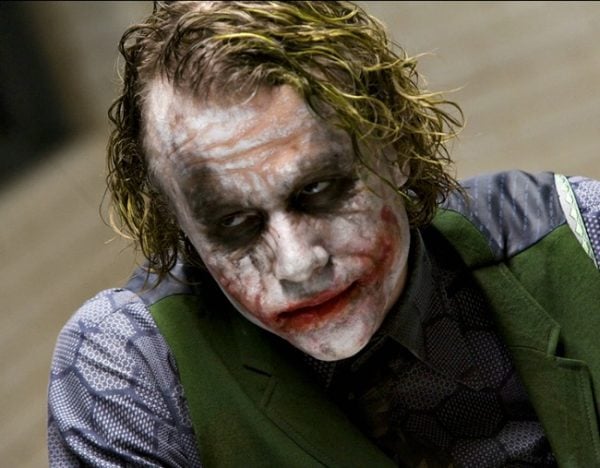When Heath Ledger died of a prescription drug overdose ten years ago today, the media scrambled to answer the questions its shocked audiences were asking. Misinformation, even fabrication, flourished amid the race for clicks and copy sales.
The speculation about the ‘when’ and ‘where’ were soon countered by police; “found dead in an apartment owned by Mary-Kate Olsen”, became found dead at the foot of the bed in his SoHo apartment 2:45pm.
It was speculation around the ‘why’, though, that proved the most persistent. A decade on, the idea that the 28-year-old was a man struggling, a man driven to death by his demons remains a central part of Ledger‘s too-short story.
But how true is it?
Reporting around Ledger’s death was padded with quotes from anonymous sources who spoke of his “drug problem”, or how the breakdown of his marriage to Michelle Williams and separation from his then two-year-old daughter, Matilda, he’d “thrown [him] into a deep, dark depression“.
But the most pervasive theory, by far, was that his commitment to the role of The Joker in the 2008 film The Dark Knight sucked him into a state of sleepless sorrow, that his maniacal character’s darkness had somehow followed him home.
‘Heath Ledger couldn’t snap out of character’, ‘The sleepless stress of a troubled star’, read the headlines.
The idea was fuelled when Jack Nicholson weighed in on Ledger’s death just two days later. The actor, who played the villainous role in the 1989 film Batman, told reporters simply, ambiguously, “Well, I warned him.”



Top Comments
I was never the biggest fan of him as a person, but no doubt he was a good actor.